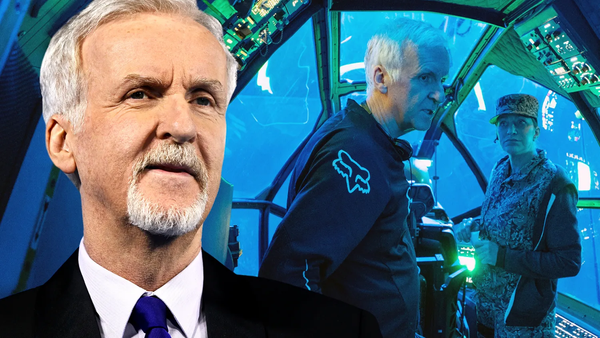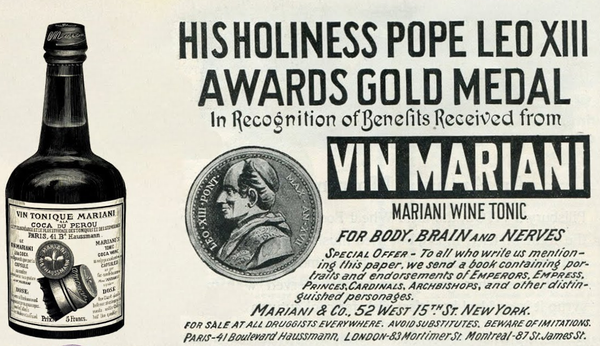CPR only works about three percent of the time
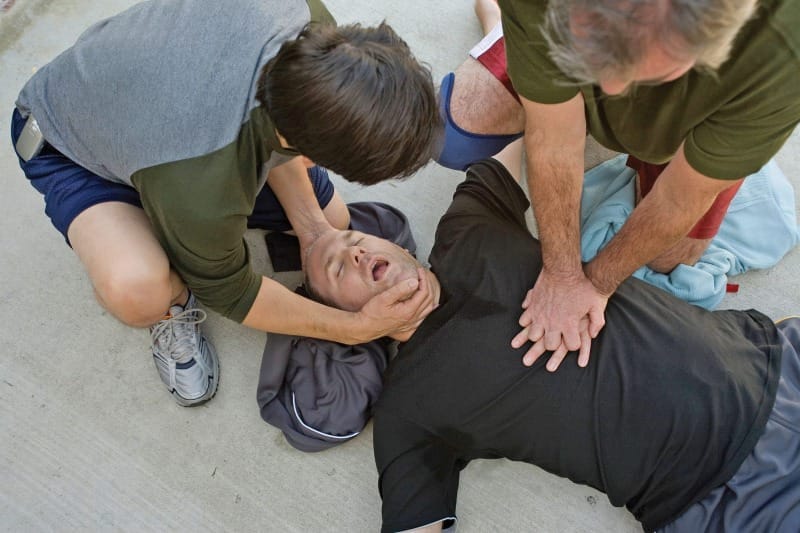
From Book of Joe: "A study by Susan Diem and others of how CPR is portrayed on TV found that it was successful in 75% of the cases and that 67% of the TV patients went home. In reality, a 2010 study of more than 95,000 cases of CPR found that only 8% of patients survived for more than one month. Of these, only about 3% could lead a mostly normal life. Of the 92% of the 95,000 patients who did not survive more than a month, most did not survive the initial episode of CPR. Of those who did, even if CPR was successful in restoring spontaneous heartbeat and cardiac function sufficient to maintain perfusion and blood pressure for up to 30 days, that time was spent in ICUs hooked up to all manner of monitors, intubated, on a ventilator, and for the most part with little or no spontaneous brain activity and function."
M. Night Shyamalan's new movie Trap is based on a real sting operation
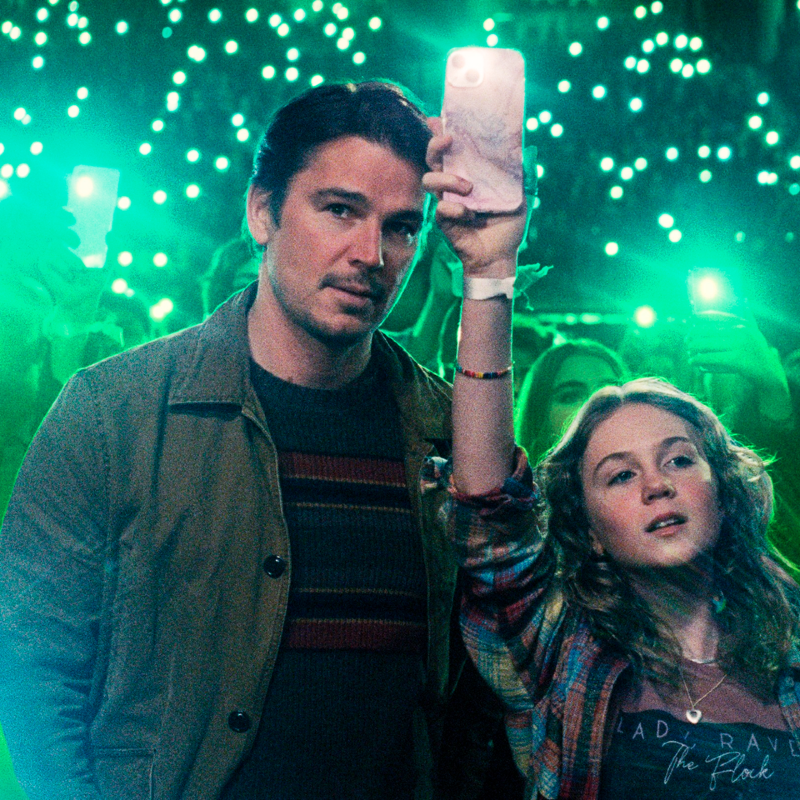
From GQ: "The loose inspiration for Trap is Operation Flagship, a plan hatched by the U.S. Marshals Service’s Fugitive Investigative Strike Team in 1985. They needed to catch a bunch of fugitives in Washington, DC. In order to keep both costs and risks down, they planned an elaborate sting operation to lure in wanted men: F.I.S.T. sent letters to the last known addresses of over 5,000 fugitives, telling them that they had won two free tickets to an upcoming Washington Redskins game against the Cincinnati Bengals, plus an opportunity to win additional tickets to the Super Bowl. They targeted a big upcoming Washington Redskins home game against the Cincinnati Bengals on December 15, 1985. Then, they invented a new TV network, Flagship International Sports Television, that would be giving out free tickets to celebrate their supposed launch."
(Editor's note: If you like this newsletter, please share it with someone else. And if you really like it, perhaps you could subscribe, or contribute something via my Patreon. Thanks for being a reader!)
Did the world’s oldest message in a bottle just wash up on a beach in Ocean City?

From The Inquirer: "Amy Smyth Murphy was taking an early morning stroll on the beach in Ocean City the other week when she spied a distinctive looking bottle by the water’s edge. Intrigued, she picked up the corked green vessel and saw paper inside. She decided to take her find back to her mom’s beach house so she and her relatives could explore it together. With the aid of a corkscrew, her niece Avery Smyth’s nimble fingers, and nephew Jack Smyth’s assistance, they were able to coax the message out of the bottle. Given the other clues so far — the likely age of the bottle, the Klemms — Smyth Murphy said she feels pretty sure the 76 refers to 1876."
The Cerutti Mastodon is a fossil that could rewrite human history
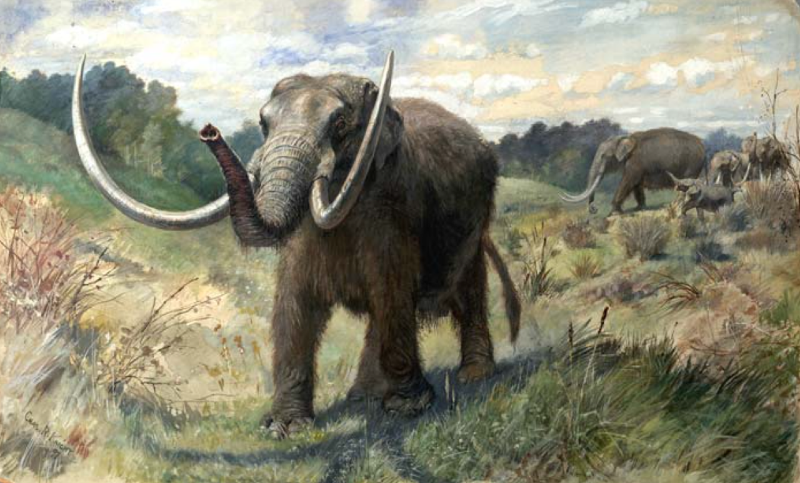
From Atlas Obscura: "California’s highway State Route 54 doesn’t seem like it would be the catalyst for challenging some of the longest-held ideas about human evolution and our spread across the planet. And yet, in 1992, road-widening construction unearthed a fossil that could rewrite the human story—if scientists ever stop arguing about it. Here, 130,000 years ago, a young mastodon perished. Paleontologists don’t know how the mastodon died, but there is evidence preserved in its bones, and in rocks found nearby, that the animal’s carcass may have been butchered by humans. There’s just one problem with this scenario. Most scientists agree: Homo sapiens left our ancestral homeland of Africa less than 100,000 years ago, and arrived in the Americas only in the last 15,000–25,000 years."
Please be quiet, we can’t hear the Martians
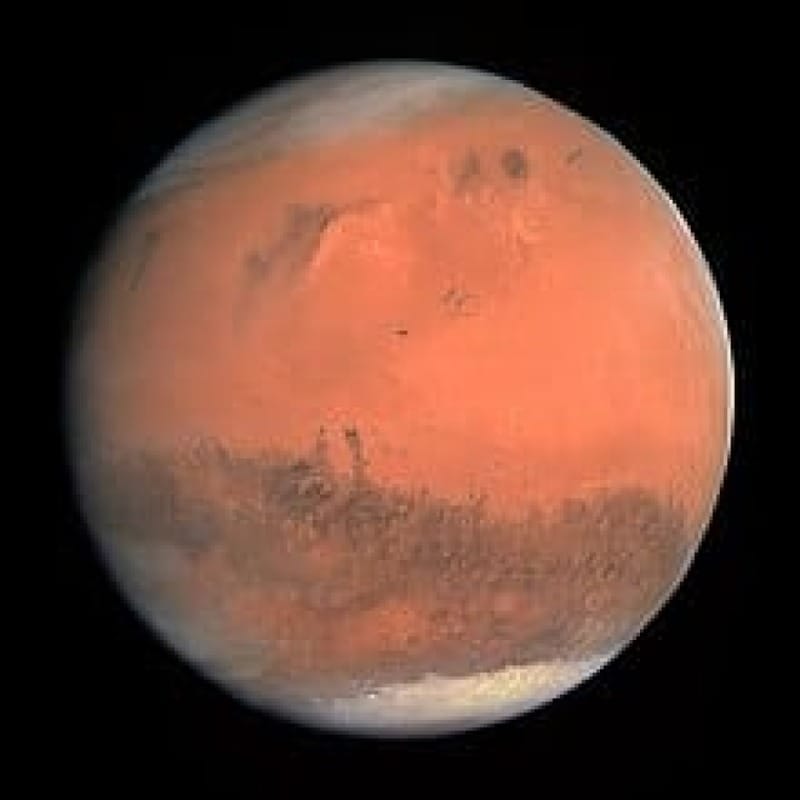
From Now I Know: "For 36 hours from August 21 through August 23, 1924. On that day an a half radio stations across the United States went silent for five minutes every hour. Why? Because some scientists thought that radio signals would interfere with our ability to hear from little green spacemen. For some, August 22, 1924 was a magical date — Mars was only 55.78 million kilometers (34.66 million miles) from Earth. It was the first time that the Earth and Mars were that close since 1845, and it would be the last time the two planets were so nearby until 2003. In preparation for the Mars flyby, David Todd, a professor and the chair of the Amherst College astronomy department, started a public campaign to help us listen for sounds from the great beyond."
Everyone adopted the printing press in the 1400s except the Ottoman Empire. But why?
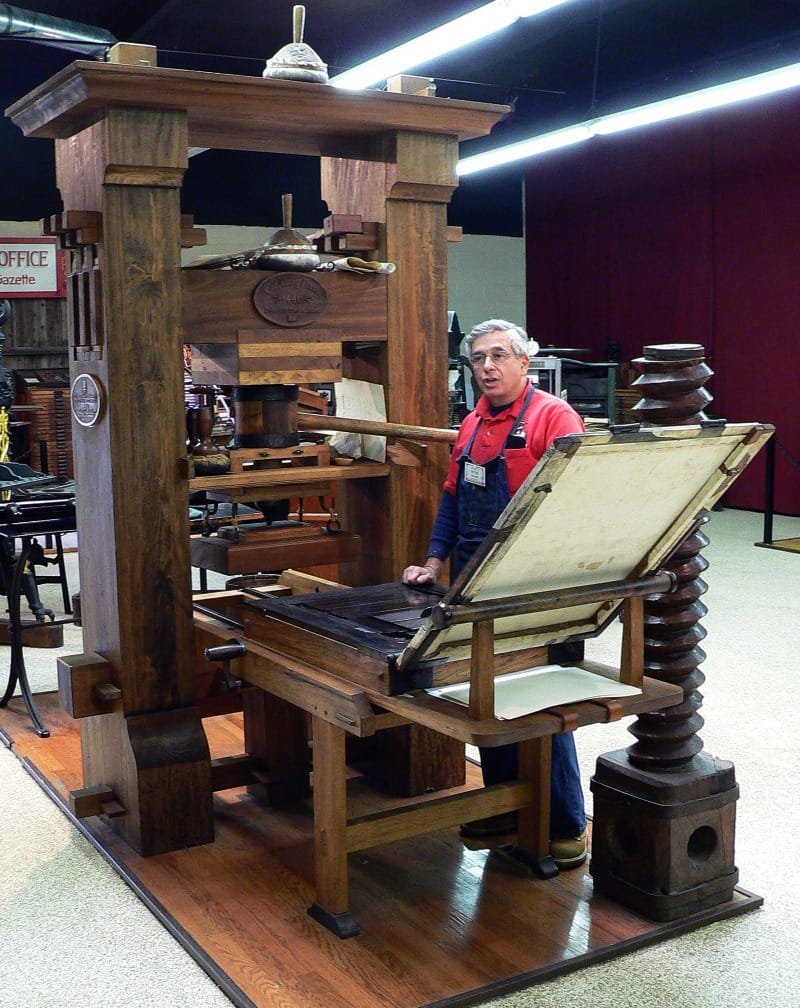
From Age of Invention: "The Ottoman Empire was no distant, closed-off land, but a place with long common borders and extensive trade links to many of the countries that adopted the printing press early on. Indeed, the block-printing of books seems to have been done throughout the Islamic world in the eleventh to thirteenth centuries, if not earlier. And there actually were some moveable type printing presses in Istanbul from as early as 1493. In the sixteenth and seventeenth centuries, various other minorities set up printing presses too. But the one thing they all had in common was that they did not print Arabic characters. It was only in the early eighteenth century that Arabic-character printing began in the region, culminating in 1727 with the establishment of an official, state-run Ottoman printing press."
Wheelchair athlete does a triple flip from a giant ramp
Greatness
— Science girl (@gunsnrosesgirl3) August 5, 2024
This is wheelchair athlete Aaron Fotheringham, born with Spina Bifida, but he does not let that stop him
there are no limitations, never give up
📹nitrocircus
pic.twitter.com/Wj0jHSQVTJ
Acknowledgements: I find a lot of these links myself, but I also get some from other newsletters that I rely on as "serendipity engines," such as The Morning News from Rosecrans Baldwin and Andrew Womack, Jodi Ettenberg's Curious About Everything, Dan Lewis's Now I Know, Robert Cottrell and Caroline Crampton's The Browser, Clive Thompson's Linkfest, Noah Brier and Colin Nagy's Why Is This Interesting, Maria Popova's The Marginalian, Sheehan Quirke AKA The Cultural Tutor, the Smithsonian magazine, and JSTOR Daily. If you come across something interesting that you think should be included here, please feel free to email me at mathew @ mathewingram dot com

